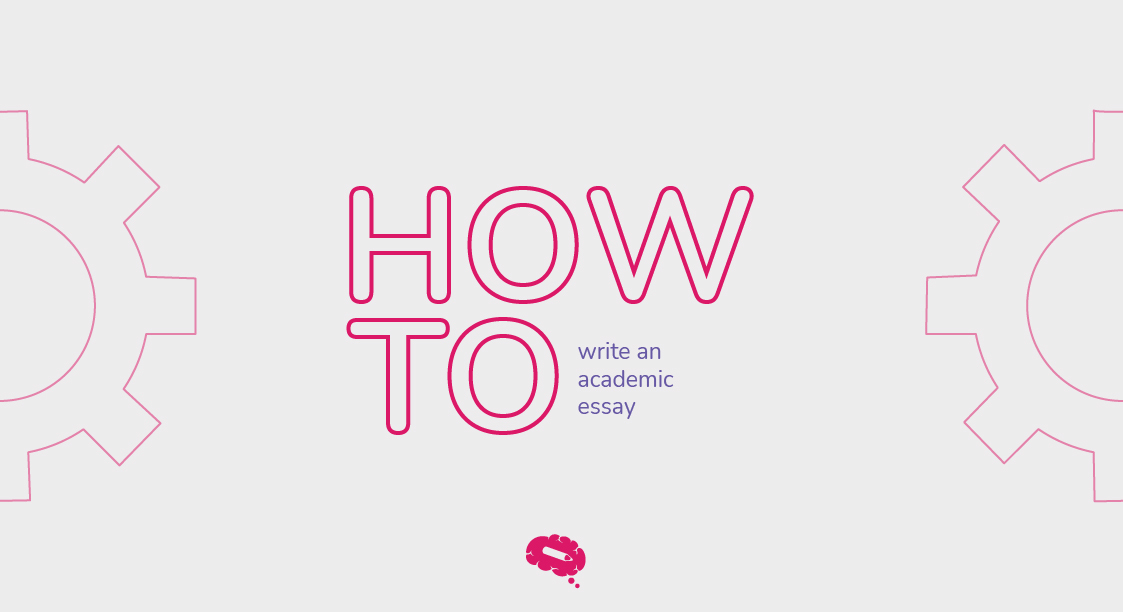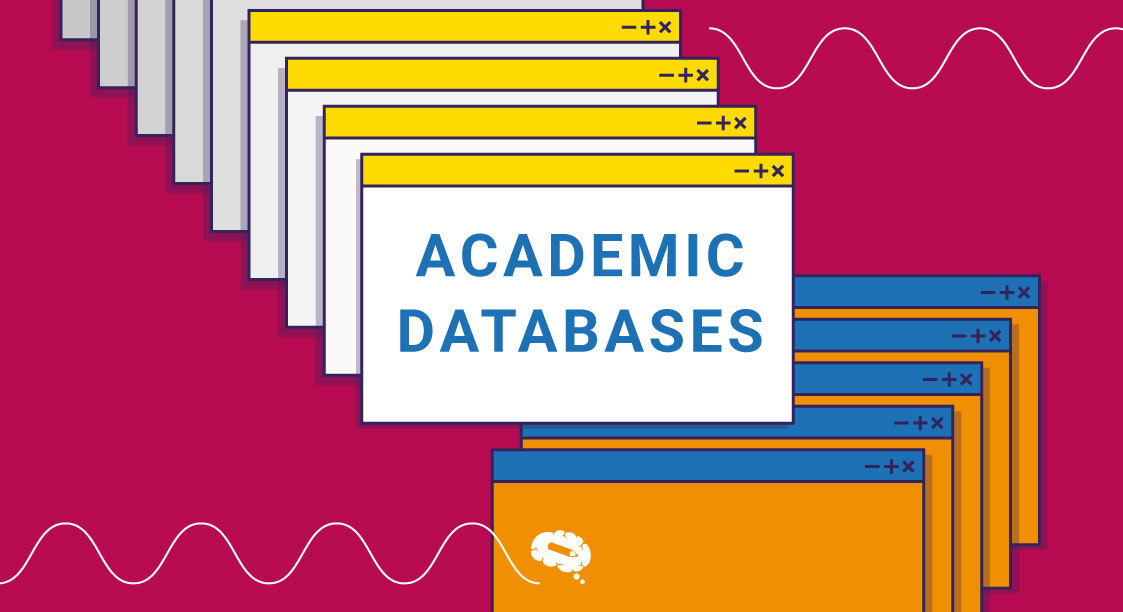Academic essays serve as a platform for sharing knowledge, engaging in critical discourse, and contributing to the ever-evolving body of scholarly work. By honing your essay writing skills, you not only enhance your academic performance but also develop essential abilities that are transferable to various facets of your personal and professional life.
In this comprehensive guide, we will explore the various aspects of writing an academic essay, from understanding its definition to mastering grammar, punctuation, and proper source citation.
What Is An Academic Essay?
An academic essay is a formal piece of writing that presents a well-structured argument or analysis on a specific topic within a particular academic discipline. It is a scholarly endeavor that requires critical thinking, research, and evidence-based reasoning to support the author’s claims and assertions.
Unlike other forms of writing, academic essays are characterized by their focus on intellectual inquiry, logical organization, and adherence to academic conventions. They are typically written for an audience of peers, instructors, or scholars in the field, to contribute to the existing body of knowledge, advancing understanding, or engaging in critical discourse.
Academic essays play a significant role in the academic world, serving as a means for students to demonstrate their understanding of a subject, engage in critical analysis, and communicate their ideas effectively. They contribute to the broader academic conversation, foster intellectual growth, and advance knowledge within a particular field of study.
Types Of Academic Essays
There are several types of academic essays, each with its own unique purpose, structure, and approach to presenting information and arguments. It’s important to note that essay types serve as general categories, and some essays may combine elements of different types. Additionally, within each type, there can be variations and subgenres depending on the specific requirements of the assignment or the academic discipline. Understanding the purpose and conventions of each type of essay will help you choose the appropriate approach and structure for your writing.
Let’s explore four common types of academic essays:
Narrative Essay
A narrative essay tells a story or recounts a personal experience. It engages the reader by providing a vivid description of events, characters, and settings, often using sensory details and storytelling techniques. Narrative essays aim to entertain, evoke emotions, or convey a lesson or moral. They may be used in subjects such as literature, creative writing, or personal development.
Descriptive Essay
Descriptive essays focus on providing a detailed description of a person, place, object, or event. Through the use of sensory language and vivid imagery, descriptive essays create a vivid picture in the reader’s mind. The goal is to help the reader experience and visualize the subject being described. Descriptive essays are commonly used in subjects such as literature, geography, or visual arts.
Expository Essay
An expository essay aims to explain, inform, or describe a particular topic or concept. It presents a balanced analysis of a subject, providing factual information, definitions, explanations, or step-by-step processes. Expository essays require thorough research and a clear presentation of ideas, often using evidence and examples to support the explanations. They are commonly used in subjects such as history, science, or social sciences.
Persuasive Essay
A persuasive essay aims to convince the reader to adopt a particular viewpoint, take a specific action, or change their beliefs or behavior. It presents arguments and evidence to support a specific position, using persuasive techniques such as logical reasoning, emotional appeals, or appeals to authority. Persuasive essays require in-depth research, strong rhetoric, and effective use of evidence to sway the reader’s opinion. They are commonly used in subjects such as sociology, political science, or communication.

Good Academic Essay Topics
When it comes to selecting a good academic essay topic, it is important to choose a subject that is engaging, relevant to your field of study and allows for in-depth analysis and discussion. Here are some examples of good academic essay topics across various disciplines:
- Psychology: The impact of childhood trauma on adulthood.
- Sociology: The effects of social media on interpersonal relationships.
- Economics: Income inequality and its implications for economic growth.
- Environmental Science: How to use renewable energy for combating climate change.
- History: The impact of World War II.
- Literature: Exploring the portrayal of gender roles and expectations in Jane Austen.
- Political Science: Analyzing the rise of populism in contemporary politics.
- Health Sciences: The ethical considerations of gene editing technologies.
- Business Management: The impact of organizational culture on employee performance.
- Education: Examining the effectiveness of online education.
Proper Format For Your Academic Writing
When it comes to academic writing, following the appropriate format is essential to ensure clarity, organization, and professionalism in your work. While specific formatting requirements may vary depending on your institution and the type of document you’re writing. Here are some general guidelines for the proper format of academic writing:
Title Page
- Include the title of your paper, your name, the course/instructor’s name, the institution, and the date of submission.
- Adhere to any specific title page guidelines provided by your institution.
Font And Margins
- Use a legible font such as Times New Roman or Arial.
- Set the font size to 12 points.
- Use standard 1-inch margins on all sides of the page.
Line Spacing
- Use double spacing throughout the entire document, including the body of the text, quotations, footnotes, and references.
- Check if your institution or professor has any specific requirements for line spacing.
Page Numbers
- Include page numbers in the header or footer of each page, typically in the upper right corner.
- Start numbering from the first page of the introduction or the first page of the main body of your document.
Heading And Subheadings
- Use clear and consistent headings to organize your paper.
- Follow a hierarchical structure with main headings (e.g., Introduction, Methodology, Results) and subheadings (e.g., Literature Review, Data Analysis) as needed.
- Apply a logical numbering system (e.g., 1. Introduction, 2. Literature Review) if required by your institution or style guide.
In-text Citations
- Depending on the citation style (e.g., APA, MLA, Chicago), use appropriate in-text citation formats when referring to sources.
- Include the author’s name, publication year, and page number (if applicable) within parentheses or as per the prescribed style guidelines.
References/Bibliography
- Include a separate section at the end of your document to list all the sources you have cited.
- Follow the citation style guide (e.g., APA, MLA) for formatting the reference list.
- Include all necessary details for each source, such as author(s), title, publication year, and publication information.
Paragraphs And Indentation
- Begin each new paragraph with an indentation (usually half an inch or 1.27 cm).
- Ensure that each paragraph focuses on a single idea or topic and provides clear transitions between paragraphs.
Headings And Formatting
- Use bold, italics, or underlining sparingly for emphasis or to highlight titles, names, or specific terms.
- Maintain consistency in your formatting choices throughout the document.
Proofreading And Editing
- Carefully proofread your paper for grammar, spelling, and punctuation errors.
- Check for clarity, coherence, and logical flow of ideas.
- Ensure that your paper adheres to any additional formatting guidelines provided by your institution or instructor.
Steps On How to Write an Academic Essay
Writing an academic essay can seem like a daunting task, but breaking it down into smaller steps can make the process more manageable and less overwhelming. Here are the steps on how to write an academic essay:
1. Understand The Essay Prompt
Carefully read and comprehend the essay prompt or question. Identify the key requirements, such as the topic, scope, formatting guidelines, and any specific instructions.
2. Conduct Thorough Research On The Topic
Begin by gathering relevant information and conducting research on your chosen topic. Consult academic books, scholarly articles, reputable websites, and other reliable sources to gather evidence, examples, and supporting materials.
3. Develop A Clear Thesis Statement
Formulate a clear and concise thesis statement that presents your main argument or central idea. The thesis statement should guide the direction of your essay and provide a focus for your analysis and discussion.
4. Create An Outline To Organize Your Ideas
Organize your thoughts and ideas by creating an outline for your essay. Outline the main sections or paragraphs that will constitute the introduction, body paragraphs, and conclusion. Arrange your supporting points and evidence in a logical order.
5. Write An Engaging Introduction With A Clear Thesis Statement
Start your essay with an engaging introduction that captures the reader’s attention and provides necessary background information on the topic. Clearly state your thesis statement in the introduction and provide an overview of the main points you will discuss.
6. Develop Each Main Point In Separate Body Paragraphs
Develop each main point or argument in separate paragraphs. Begin every body paragraph with a topic sentence that presents the primary concept of that particular paragraph. Offer substantiating evidence, illustrations, and analysis to bolster your arguments. Ensure each paragraph has a clear focus and connects back to your thesis statement.
7. Analyze And Interpret The Evidence To Support Your Arguments
Offer critical analysis and explanations of how the evidence supports your main argument. Use logical reasoning and scholarly insights to strengthen your claims.
8. Summarize The Key Points Discussed And Reiterate The Central Thesis
Reflect on the significance of your arguments and provide a sense of closure to your essay. Refrain from introducing fresh information or arguments in the conclusion.
9. Revise And Edit For Clarity, Coherence, And Grammar
Thoroughly examine your essay to ensure clarity, coherence, and a logical progression of ideas. Check for grammar, spelling, and punctuation errors. Make sure that your essay adheres to the specified formatting guidelines. Revise and edit your essay for content, structure, and language use.
10. Proofread Your Essay For Errors And Make Final Improvements
Carefully proofread your essay to catch any remaining errors or inconsistencies. Read your essay aloud or have someone else review it to identify any areas that may require improvement. Pay attention to sentence structure, word choice, and overall readability.
Grammar And Punctuation Tips
To ensure clarity and coherence in your academic writing, pay attention to grammar and punctuation:
- Ensure subject-verb agreement, meaning that the subject and verb in a sentence should match in terms of number and person.
- Maintain consistent verb tenses throughout your essay to avoid confusion.
- Proper use of punctuation marks, such as commas, semicolons, and apostrophes, is essential for conveying your intended meaning.
- Be cautious of run-on sentences and strive for concise and clear expressions of your ideas.
- Carefully proofread your essay for spelling and typographical errors, using both automated tools and manual review.
Proofreading And Editing Tips
The process of proofreading and editing is crucial for enhancing the quality of your academic essay. Here are some tips:
- Begin by taking a break before proofreading to approach your work with fresh eyes.
- Reading your essay aloud can help identify awkward sentence structures, grammar errors, and areas that need improvement.
- Pay close attention to clarity and coherence—make sure your ideas flow logically and that your arguments are well-supported.
- Obtaining feedback from peers, professors, or writing centers can offer valuable insights and perspectives.
- Edit your essay for conciseness and clarity, removing any unnecessary repetition or wordiness. A thorough review will help refine your essay’s overall structure and language use.
Citing Sources
Citing sources is essential in academic essays to give credit to original authors and avoid plagiarism. Follow these key points:
- Choose a citation style required by your institution, such as APA, MLA, or Chicago.
- Include in-text citations when using external sources, mentioning the author’s last name and publication year.
- For direct quotes, use quotation marks and provide a page number in the in-text citation.
- Paraphrase or summarize information from sources in your own words, while still providing in-text citations.
- Create a reference list or bibliography at the end of your essay, listing all sources used, following the specific formatting guidelines of your citation style.
- For online sources, include the URL or DOI if available.
- Remember that accurate and consistent citation practices acknowledge others’ work and add credibility to your own essay.
High Impact And Greater Visibility For Your Work
Mind the Graph empowers scientists to enhance the presentation and visibility of their research through its tools for creating visually appealing visual assets. By utilizing these tools, researchers can effectively communicate their findings, increase the visibility of their work, and maximize its impact.

Subscribe to our newsletter
Exclusive high quality content about effective visual
communication in science.





